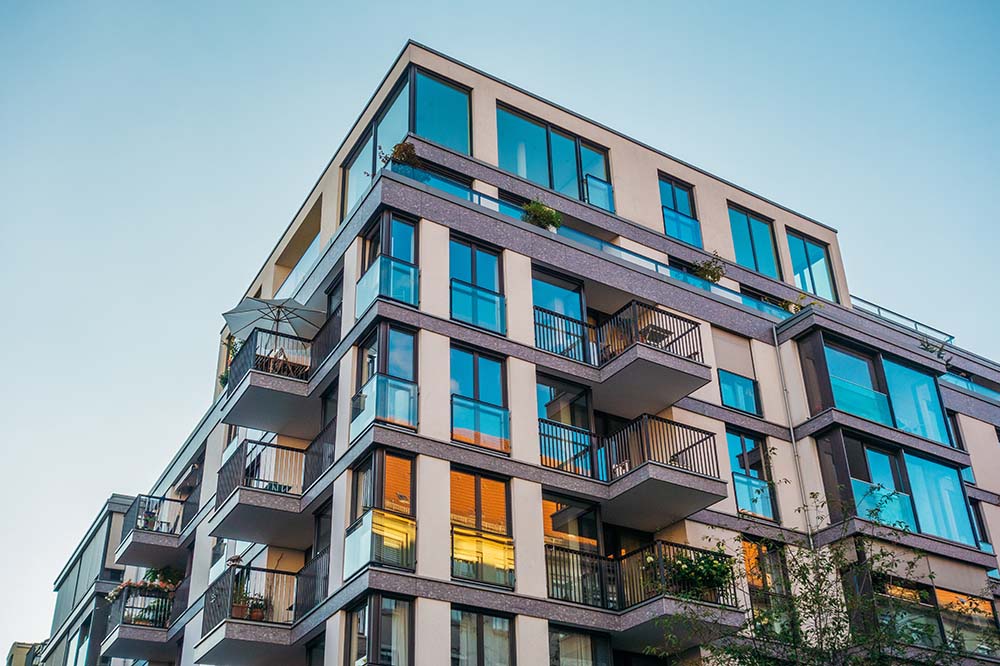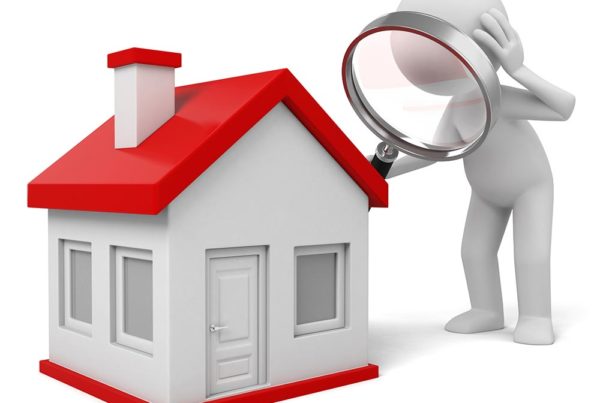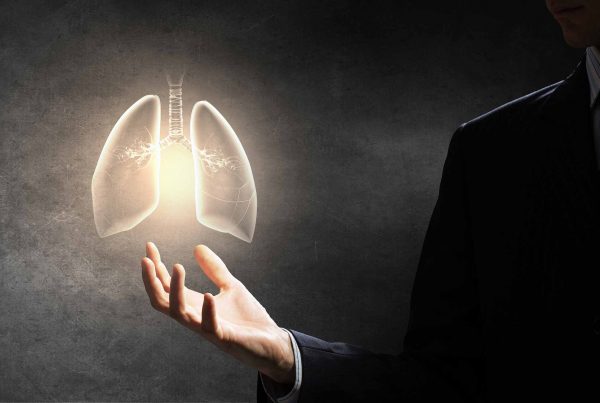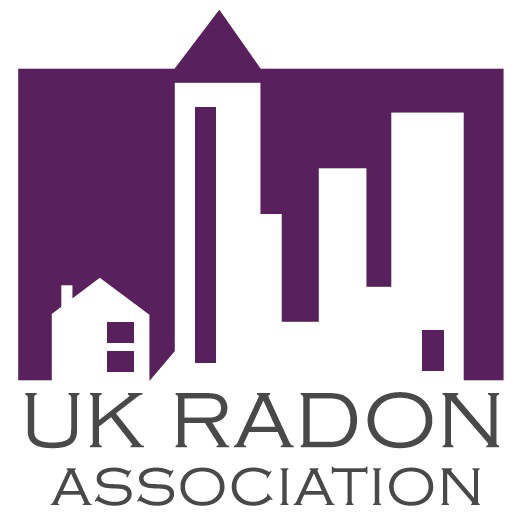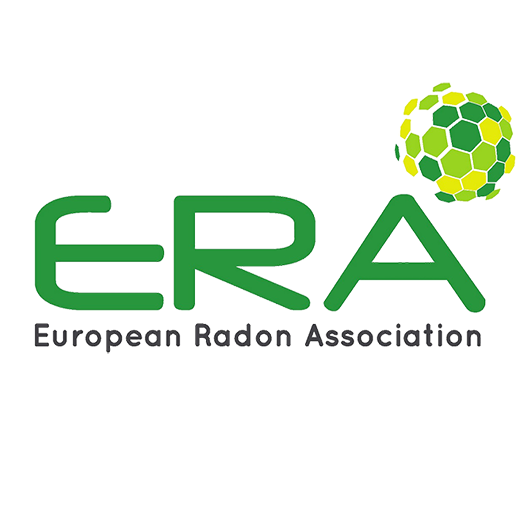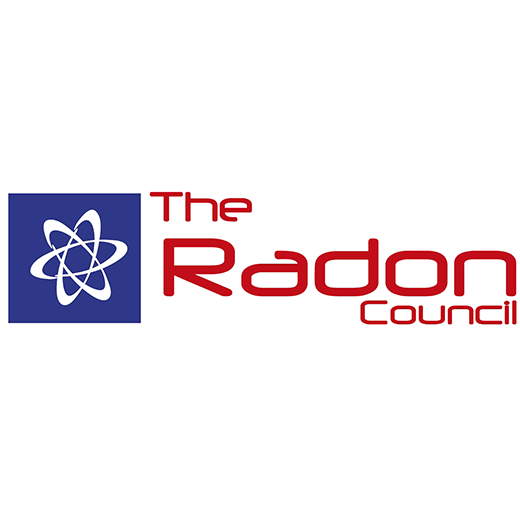New data shows that you should measure radon on the ground floor of apartment buildings, regardless of the type of building foundation. Radonova Laboratories draws that conclusion after analysing the results of roughly 20,000 radon measurements of Swedish apartments.
The conclusion from the data is that radon should be measured on the ground floor in a house with a basement (without direct contact with the ground) as well as in a house with a slab on the ground (with direct contact with the ground). The recommendation is to always measure the ground floor, regardless of the type of foundation. The statistics include radon measurements carried out from 2020 to 2023.
“The analysis gives us support to always recommend radon measurement in all apartments on the ground floor. It can also be noted that the ANSI/AARST measurement protocol used in the United States says that all apartments on the ground floor should be covered if there is a basement below where the radon level has not been measured. In Sweden, the current protocol says that you only need to measure all apartments that have direct contact with the ground (that are flat on the ground) and at least 20 percent of those that do not have contact with the ground (basement below)”, says Tryggve Rönnqvist, technical director at Radonova Laboratories.
The statistics in brief:
| House plot type | Number | Average value (Bq/m3) | Proportion over 200 Bq/m3 |
| Basement | 12157 | 120 | 13.4% |
| Plate on ground | 8621 | 106 | 9.0% |
The reference value for radon in Sweden is 200 Bq/m3 expressed as an annual average value. The annual average value is obtained by placing radon detectors in the home or workplace.
What is radon?
Radon is a radioactive gas that leaks in from the ground and in some cases comes from building materials. Depending on the soil under the house and the type of building construction, harmfully high concentrations of radon can occur. Radon is a health risk that is the second most common cause of lung cancer in people after smoking. Globally, it is estimated that every year 230,000 people suffer from lung cancer as a result of long-term exposure to radon.
For more information about radon and radon measurement visit https://radonova.co.uk/
